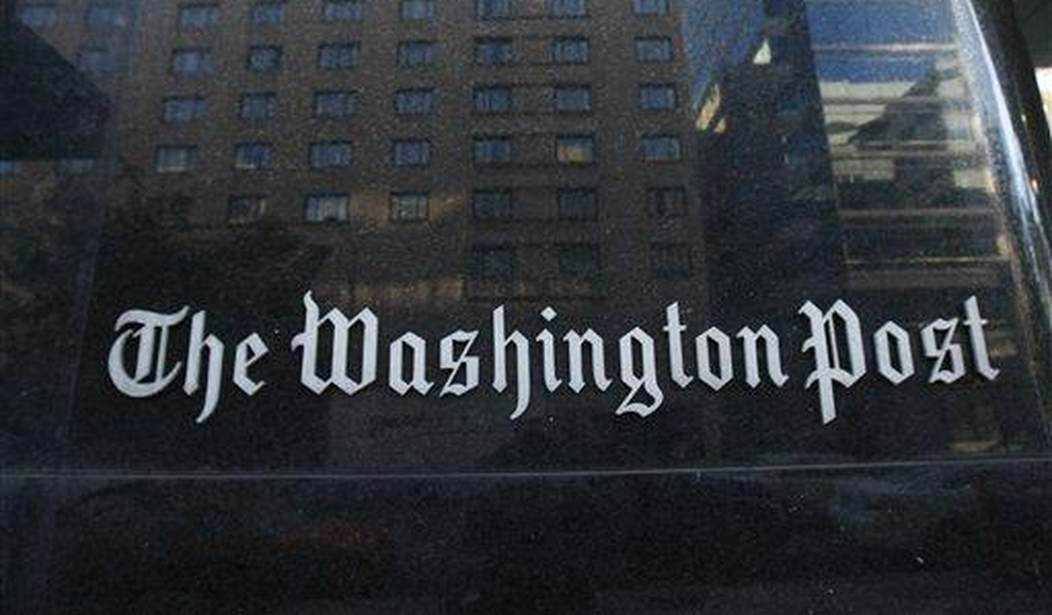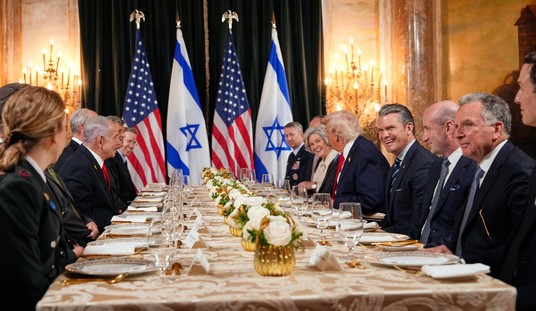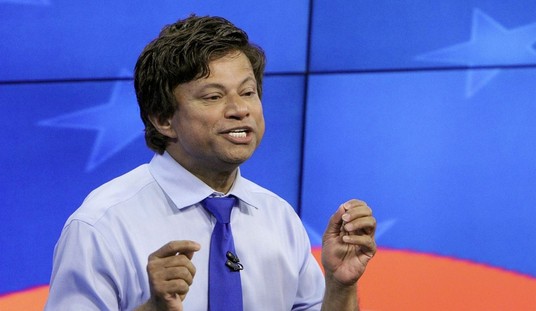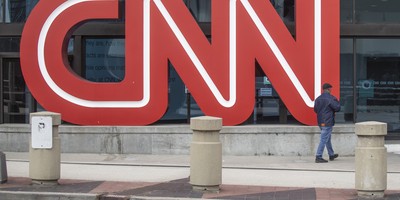A Monday article from Lena H. Sun at The Washington Post slamming "vaccine hesitancy" mentioned a few people of different demographics and throughout several different states when it comes to what may be to blame for chicken pox and measles coming back to the United States. The images used in her piece, however, including the initial featured image, focused on one demographic in particular: Orthodox Jews in New York.
There are actually *two* photos of Orthodox Jews and none of the other many demographics/residents of other states mentioned in this article… further, Orthodox Jews aren’t mentioned until the 5th to last paragraph… 🤷♀️🤔 pic.twitter.com/yWrLHUTYIK
— Rebecca Downs (@RebeccaRoseGold) December 27, 2022
Sun begins by discussing a measles outbreak among eligible but not vaccinated children in Ohio. It is later pointed out, much later, that the Somali population in the Columbus area, which is second in the United States only to the Minneapolis area.
The following excerpt is mentioned in paragraphs 31-36 of the article, which is 41 paragraphs long:
Some of the cases occurred in Columbus’s large Somali community, the second-largest Somali population in the United States after the Minneapolis area, Roberts said. Parents have said they “intentionally delayed” giving their children the measles vaccine because of their fear of autism, she said, despite considerable research disproving any relationship between vaccines and autism. Those fears echoed similar concerns of parents in Minnesota’s Somali community during a 2017 measles outbreak that infected 75 children, mostly unvaccinated preschool kids.
Minnesota is also battling a new measles outbreak — 22 cases — as vaccine hesitancy around the MMR vaccine continues to be an issue, said Doug Schultz, spokesman for the Minnesota health department.
Officials are bracing for more cases in the coming weeks as families travel and gather indoors for the holidays. At least 32 of the Ohio children have been hospitalized, some so sick they required intensive care.
Most of the sickened children — 78 percent — are Black, 6 percent are Asian, 6 percent are White, and 4 percent are Hispanic, according to Columbus officials.
Because the measles virus is so contagious, an overall community vaccination rate of about 90 to 94 percent is needed to keep the virus from causing large outbreaks, according to infectious-disease experts. In the United States, nearly 91 percent of children have received at least one dose of the MMR vaccine by age 2. In the Columbus area, Roberts said, the measles vaccination rate is estimated at 80 to 90 percent, but health-care providers are not required to report data to Ohio’s vaccine registry.
Even if overall coverage in a community is high, measles can transmit easily in clusters of under-vaccinated or unvaccinated people. The Columbus outbreak began when one or two unvaccinated people traveled to countries where measles is still common between June and October and infected others in the community, Roberts said.
Recommended
"Somali" is mentioned four times in Sun's article, but no photos are used of those in the community. "Orthodox Jewish" is mentioned just once in the article text, not counting the photo captions, with two photos of those in the Orthodox Jewish community being included in the body of the article.
What was once included as the article's featured image, with the caption of "An Orthodox Jewish man walks with his children in Brooklyn during large measles outbreaks in 2019 that spread rapidly among hundreds of unvaccinated people in these New York communities," credited to Johannes Eisele/AFP/Getty Images, is now as of Tuesday afternoon used after the article's 18th paragraph.
Another photo is used after the 36th paragraph, with a particularly eyebrow-raising caption. "A sign warns people of measles in the ultra-Orthodox Jewish community in New York's Williamsburg neighborhood in 2019," it reads, crediting Spencer Platt/Getty Images.
It is not until the 37th paragraph that the Orthodox Jewish community is mentioned, and even then, it's a brief mention. Emphasis is added:
In recent years, many of the measles cases reported to the CDC have occurred in underimmunized, close-knit communities, where anti-vaccine misinformation has gained a foothold. In 2019, the United States reported the highest annual number of measles cases — 1,294 — in more than 25 years; three-fourths of those cases occurred among New York’s Orthodox Jewish communities. Outbreaks have also occurred among the Amish in Ohio and Eastern European groups in the Pacific Northwest.
As one can see from other excerpts, Somalis are discussed much more in depth. And again, there's no pictures of anyone in the Somali community. Other than the two photos of Orthodox Jews and what is now a generic featured image of someone administering a vaccine in 2019, the only other additional material included in the article is an embedded tweet from the Alaska Department of Health from December 1, 2022 about the "Wellbee" campaign reminding people to get the polio vaccine.
Sun also discusses vaccine hesitancy by partisan breakdown, and hones in on people who have not received vaccines, including attributes as their names, age, profession, and political leaning. Again, there's no discussion of specific Orthodox Jewish individuals.
The cities included are Detroit, Michigan; Albuquerque, New Mexico; Palmer, Alaska. Advice from officials in Kentucky and South Carolina are also mentioned.
As of Tuesday afternoon, the article shows that there was an update made at 12:14 p.m. on Tuesday, over 30 hours after original publication. There is no direct mention or explanation, however, of the update.
The Washington Post once more tweeted out the article at 2:45 p.m. on Tuesday, with the new featured image.
Growing vaccine hesitancy fuels measles, chickenpox resurgence in U.S. https://t.co/hCJYhrJHGx
— The Washington Post (@washingtonpost) December 27, 2022
The tweet that was sent out a little after 10:00 a.m. on Monday, which now also includes the updated featured image, has close to 700 replies calling the outlet out, as well as 215 quoted retweets.
A @wapo story about vaccine hesitancy in an Ohio Somali community has ZERO photos of Somalis and TWO photos of Hasidic Jews from NY.
— Joel M. Petlin (@Joelmpetlin) December 26, 2022
Either there's a terrible shortage of appropriate stock photos, or WaPo has a disgusting Antisemitic agenda that deserves condemnation.
Pick one.
WaPo reporter: Here’s a story about a measles outbreak among Somali immigrants in Ohio.
— Jason Bedrick (@JasonBedrick) December 27, 2022
WaPo editor: Whoa, wait a sec, we can’t use a pic of folks from a marginalized community! That could subject them to unfair criticism or even persecution! Wait, I have an idea…
Imagine writing an article about prime rib and posting a picture of carrots? That would never make it past the editors.
— Chef Andrew Gruel (@ChefGruel) December 27, 2022
Interesting choice of a photo about New York and a minority community used to illustrate a story about Ohio...does anyone think that if you stigmatize one minority that this will really make people more aware or just blame one group?
— Seth Frantzman (@sfrantzman) December 27, 2022
The Washington Post on October 16, 2020 published a perspective by staff writer Valerie Strauss on "The problem with New York’s ultra-Orthodox Jewish schools during the pandemic."
Then New York Mayor Bill de Blasio also came under fire in late April 2020 for his targeting of the Orthodox Jewish community with regards to COVID restrictions.
























Join the conversation as a VIP Member